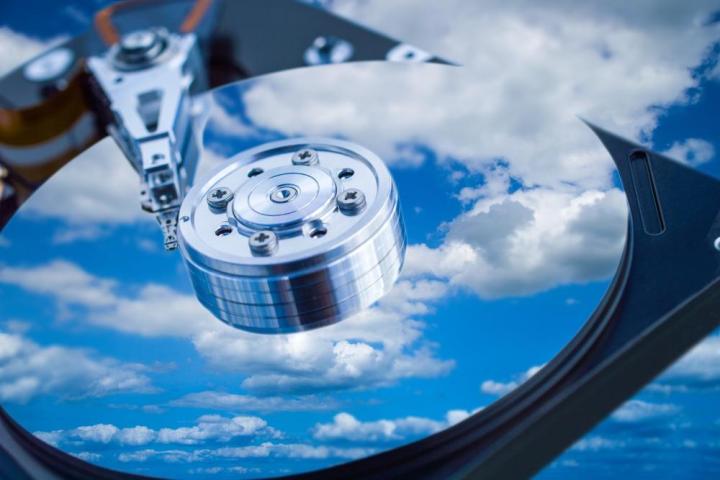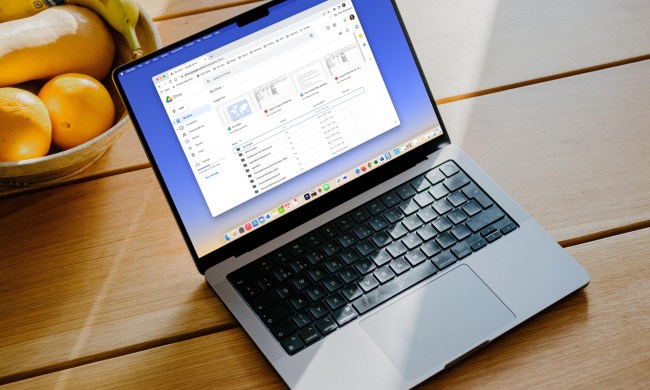
Industry leaders, such as storage giant Western Digital, have not only reported record years recently, but they’re also predicting significant growth over the next five or six years. Western Digital, for instance, has estimated a two billion dollar surge, from $36 billion in 2013 to $38 billion by the end of 2014, in global, industry-wide storage-device sales. That is projected to grow by another four billion, to $42 billion, in 2015.
And this growth is in spite of a tremendous drop in the average cost per gigabyte. According to statisticbrain.com, over the past 33 years (from 1980 to 2013), the per-gigabyte cost dropped from $437,500 per GB to five cents per GB, respectively. That’s encouraging a rapid expansion in storage consumption, but technology must advance to keep pace.
Everybody needs more storage

All levels of the computing device markets, from smartphones to enterprise servers, are driving this massive data explosion. In fact, IDC estimates that during the period between 2013 and 2016, worldwide shipments of “capacity optimized storage” systems will jump from around 22,000PB in 2013 to just below 90,000PB in 2016.
Storage needs in the near future
A significant portion of the projected storage demand, in the form of HDDs, solid state drives (SSDs), personal clouds, and NAS (network-attached storage), will come from the everyday consumer. While this may seem strange, consider the growing size of many files, particularly video files, which continually leap forward in resolution and thus storage requirements.
The storage needs of small- and medium-size businesses (SMBs) will grow faster than ever, too, but the majority of the growth will be spurred by enterprise servers and cloud services, which includes (to some degree) social media sites that allow the sharing of photos and videos. Growing demand will occur not only because of growing needs for each business but also because the rollout of more affordable services is bringing the cloud to organizations formally too small to afford it.
Hard disk drives are still, of course, the cheapest (therefore the most popular) storage option available, and they work well for individual computers as either internal or external drives. They can also be stacked into NAS containers to create huge redundant disk arrays with ever-expandable capacity. This is why HDD manufacturer Seagate Technology projects an eight percent increase in revenues, as well as an increase on shipments of seven percent, to 60 million units overall.
During the final quarter of 2014, Seagate shipped close to 60EB (60 billion gigabytes) of hard disk drives, for an annual increase of 22 percent. Furthermore, for the first time to date, the average capacity per drive Seagate shipped was over a terabyte — despite a three percent reduction in the average cost per drive.
Where to from here?
Nearly every type of device—smartphones, tablets, laptops, desktops, enterprise servers—will require more storage space in the future. The good news is that storage space is cheap, so manufacturers should be able to cram in the storage users desire. Users can expect to see an expansion of solid state drives and high-capacity mechanical drives, both of which will continue to descend in price rapidly.
New technology will be necessary to make the expansion possible, but recent developments show researchers are up to the task. Samsung now uses VNAND to cram massive amounts of solid state storage into small drives, and Intel promises to soon follow suite with its 3D NAND in mid-2015. Seagate, meanwhile, is now using shingled magnetic recording to cram up to eight terabytes into a single disk, and that’s just the beginning. Universities, meanwhile, are looking into even more exotic ideas, such as non-volatile RAM that’s an order of magnitude more efficient than anything produced today.
Just as Western Digital, Seagate Technology, and a few other storage device makers have kept the original PC mass storage device—the hard disk drive—up to the task of saving and serving up data to our computing devices, so it appears that the storage device industry is up to the task of continuing to deliver robust and reliable storage options, today and in the future.
Image credit: Sacura/Shutterstock



